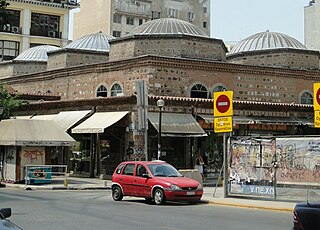Self-guided Sightseeing Tour #3 in Thessaloniki Municipal Unit, Greece
Legend
Guided Free Walking Tours
Book free guided walking tours in Thessaloniki Municipal Unit.
Guided Sightseeing Tours
Book guided sightseeing tours and activities in Thessaloniki Municipal Unit.
Tour Facts
1.4 km
34 m
Experience Thessaloniki Municipal Unit in Greece in a whole new way with our free self-guided sightseeing tour. This site not only offers you practical information and insider tips, but also a rich variety of activities and sights you shouldn't miss. Whether you love art and culture, want to explore historical sites or simply want to experience the vibrant atmosphere of a lively city - you'll find everything you need for your personal adventure here.
Activities in Thessaloniki Municipal UnitIndividual Sights in Thessaloniki Municipal UnitSight 1: Church of the Acheiropoietos
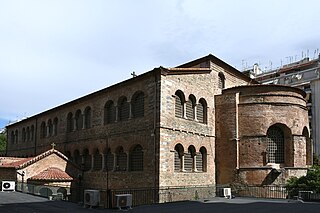
The Church of the Acheiropoietos is a 5th-century Byzantine church in the northern Greek city of Thessaloniki, Central Macedonia. It is located in the city's centre, at Agias Sofias street opposite Makedonomachon square. Because of its outstanding early Byzantine architecture, the church was inscribed on the UNESCO World Heritage List in 1988 along with other Paleochristian and Byzantine monuments of Thessaloniki.
Sight 2: Ρωμαϊκή Αγορά
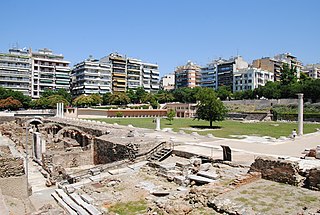
The Roman Forum of Thessaloniki is the ancient Roman-era forum of the city, located at the upper side of Aristotelous Square.
Sight 3: Panagia Chalkeon
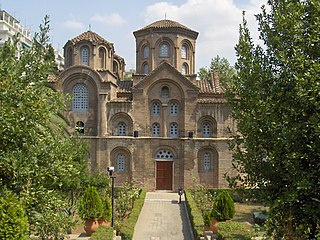
The Church of Panagia Chalkeon is an 11th-century Byzantine church in the northern Greek city of Thessaloniki. The church's well-preserved Byzantine architecture and testimony to the importance of Thessaloniki in early and medieval Christianity led it to be inscribed on the UNESCO World Heritage List in 1988 along with other Paleochristian and Byzantine monuments of Thessaloniki.
Sight 4: Memorial for Grigoris Lambrakis
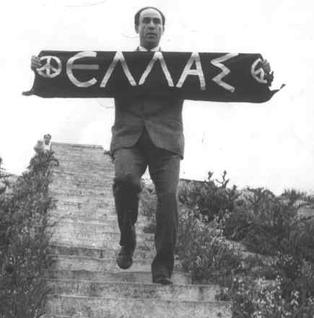
Grigoris Lambrakis was a Greek politician, physician, athlete, and lecturer. He participated in track and field sports and was a member of the faculty of the School of Medicine at the University of Athens. A member of the Greek resistance to Axis rule during World War II, he later became a prominent anti-war activist. His assassination by right-wing zealots that were covertly supported by the police and military provoked mass protests and led to a political crisis.
Sight 5: Bedesten
The Bedesten of Thessaloniki is a historical Ottoman market in the city of Thessaloniki, Greece, built during the reign of Sultan Mehmed II. It is located on Venizelou and Solomou streets, near the Hamza Bey Mosque and the city's old town hall. A bedesten is a type of Ottoman old market, and is derived from the Arabic word bez meaning fabric.
Share
How likely are you to recommend us?
Disclaimer Please be aware of your surroundings and do not enter private property. We are not liable for any damages that occur during the tours.
GPX-Download For navigation apps and GPS devices you can download the tour as a GPX file.
